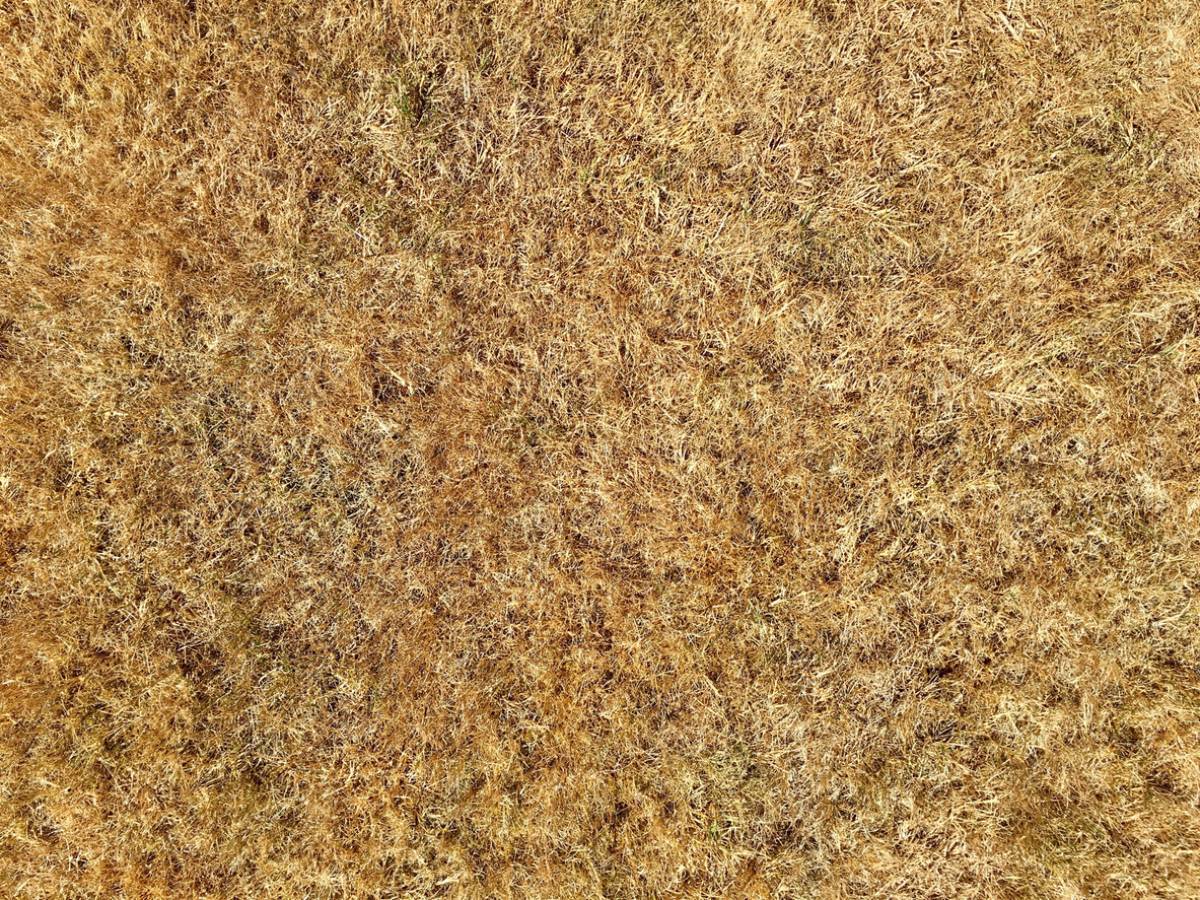If you’re like most people, you take pride in your lawn. A green, well-manicured lawn is the perfect backdrop for your home and can make a big difference in its curb appeal. So when your lawn starts to turn brown, it can be a real cause for concern. So why is your lawn turning brown?
Why Is My Lawn Turning Brown?
There are a number of reasons why lawns can turn brown, and unfortunately, not all of them have easy solutions. But by understanding the causes of brown lawns, you can take steps to prevent them and keep your lawn looking its best.
Insufficient Water
One of the most common reasons for a brown lawn is simply that the grass isn’t getting enough water. Grass needs about 1 inch of water per week in order to stay healthy, and during periods of drought or extended dry weather, lawns can quickly start to turn brown.
If you live in an area with high temperatures and low rainfall, you may need to water your lawn more frequently to keep it green. In some cases, you may need to water twice a week or even every day.
Too Much Water
In addition to not getting enough water, lawns can also turn brown if they’re getting too much water. Grass roots need oxygen to stay healthy, and when the soil is constantly wet, it can cause the roots to suffocate and die. If your lawn is getting yellow or brown patches that seem to be spreading, it’s a good indication that you’re watering too much.
Poor Nutrition for Your Grass
Another common reason for brown lawns is that the grass isn’t getting enough nutrients. Just like any other plant, grass needs a balance of nitrogen, phosphorus, and potassium to stay healthy. If your lawn isn’t getting enough of these nutrients, it will start to turn yellow or brown.
There are a few ways to apply lawn fertilizer, but the best way to ensure that your lawn is getting the nutrients it needs is to have a soil test done. A soil test will tell you what nutrients are lacking in your lawn and how much fertilizer you need to apply. Lawnscape’s lawn fertilization service can provide your Southern California lawn with the perfect balance of nutrients and care.
Not Enough Sunlight
Another common reason for brown lawns is that the grass isn’t getting enough sunlight. Grass needs at least six hours of direct sunlight per day to stay healthy. And if it stays shaded by trees or buildings, it can start to thin out and turn brown.
If your lawn is in a shady area, you may need to trim back some of the trees or shrubs that are blocking the sun. You can also try planting a shade-tolerant grass species such as fescue or bluegrass.
Nasty Pests, Disease, and More
Finally, lawns can turn brown if they’re being damaged by pests or diseases. Grubs, for example, are a type of beetle larva that feeds on grass roots, and if there are enough of them, they can kill a lawn.
There are a number of different lawn diseases that can cause brown patches to appear on the grass, and in some cases, these diseases can spread quickly and kill an entire lawn.
Contact the Professionals for Help
If you suspect that your lawn is being damaged by pests or disease, the best course of action is to contact a lawn care professional. They will be able to diagnose the problem and recommend the best treatment option.
Taking good care of your lawn requires effort and attention, but it’s worth it when you have a green, healthy lawn that adds beauty to your home. By understanding the causes of brown lawns, you can take steps to prevent them and keep your lawn looking like dead grass with the help of a Southern California lawn care service.
